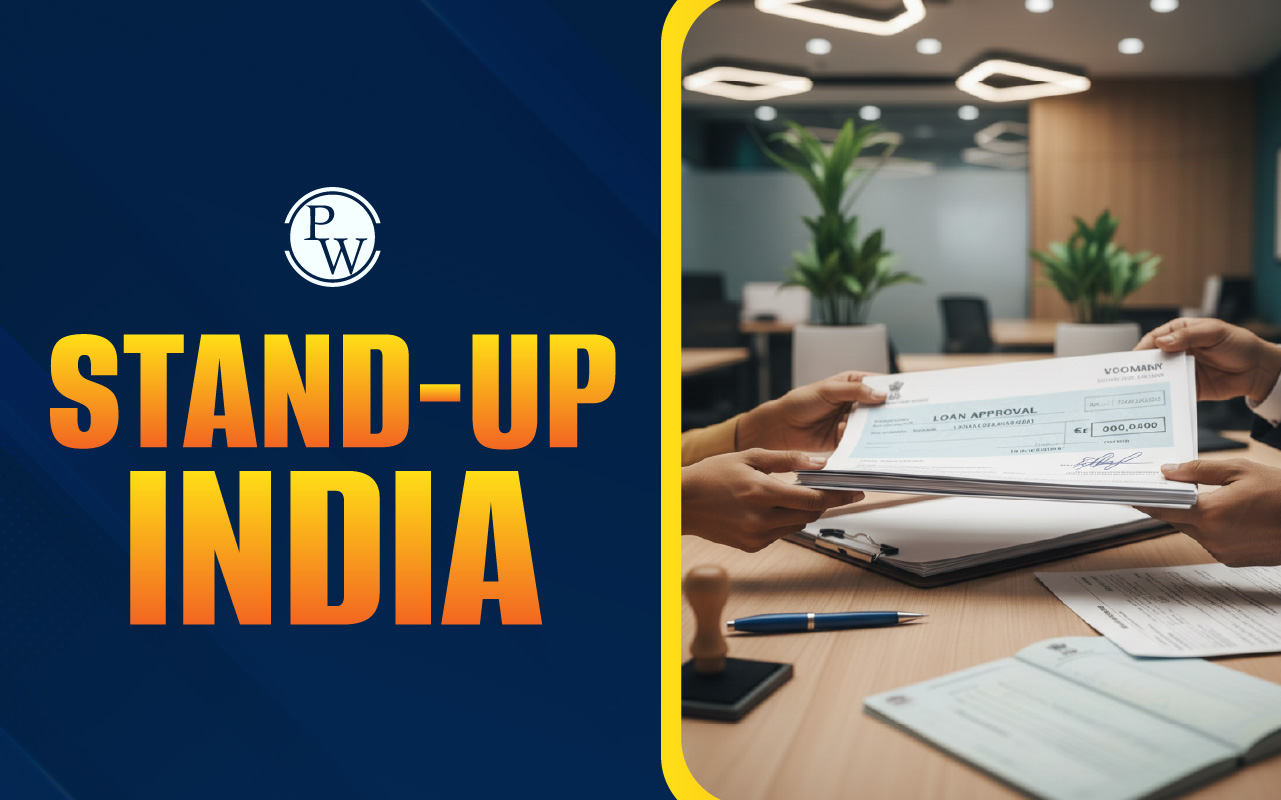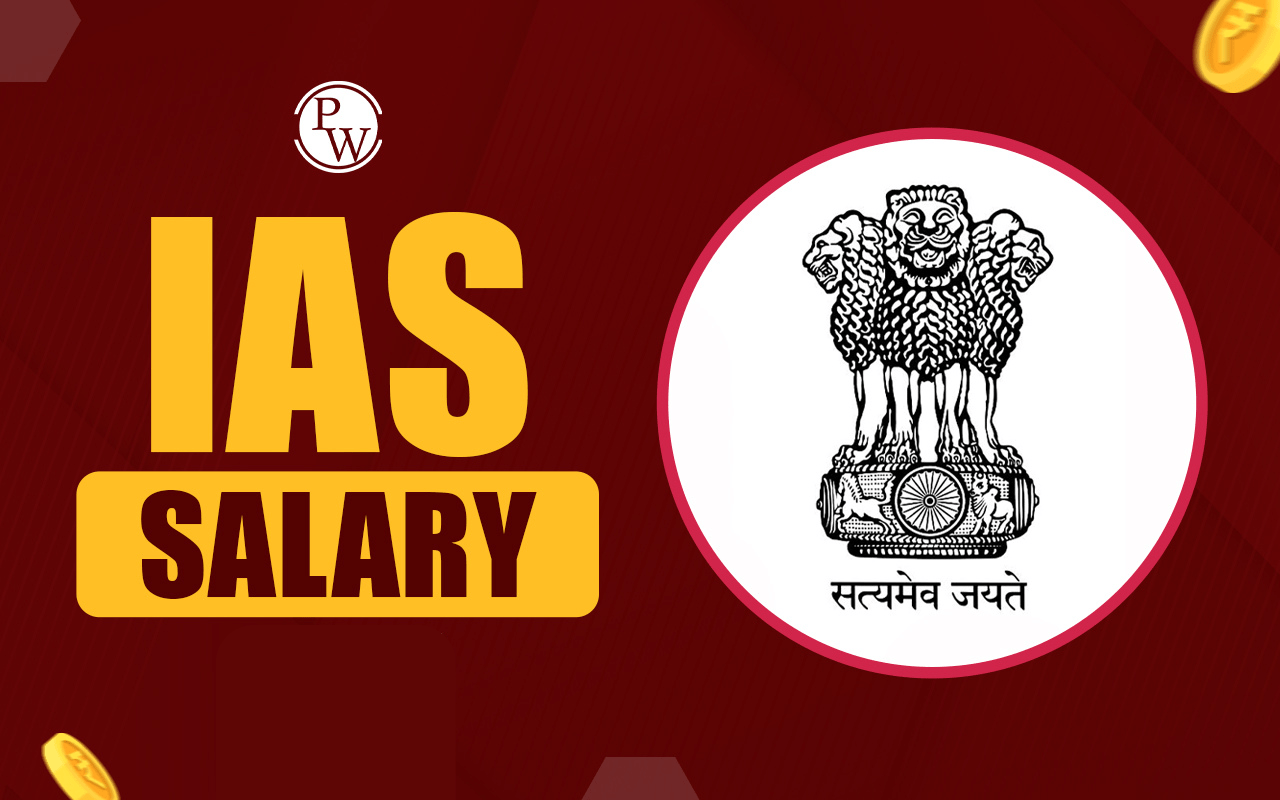
International Day Against Drug Abuse and Illicit Trafficking 2025, also known as World Drug Day, is observed annually on 26 June to raise awareness of the major problem that illicit drugs represent to society. Drug abuse harms health, breaks families, and undermines societies. To inspire global cooperation and combat this menace, the UN General Assembly created this observance in 1987.
Since then, it’s grown to include nations, schools, NGOs, and communities working together. International Day Against Drug Abuse and Illicit Trafficking 2025 is all set to be celebrated with the agenda #StopOrganizedCrime, calling for investment in prevention.
International Day Against Drug Abuse and Illicit Trafficking 2025
International Day Against Drug Abuse and Illicit Trafficking is observed on June 26 each year. In 2025, this day falls on a Thursday. The day aims to raise awareness about the dangers of drug misuse and highlights efforts by the United Nations and countries worldwide to combat the illicit drug trade. In 2025, the focus is on prevention to break the cycle.
| International Day Against Drug Abuse and Illicit Trafficking 2025 Overview | |
| Date | 26 June 2025 |
| Also Known As | Anti-Drug Day in India |
| Established By | United Nations General Assembly (Resolution 42/112) |
| First Observed | 1988 |
| Purpose | Raise awareness and promote global action Against drug abuse and trafficking |
| Supporting Organization | United Nations Office on Drugs and Crime (UNODC) |
| 2025 Theme | To be announced by UNODC |
| Global Drug Use Statistics | Over 300 million people aged 15-64 used drugs in the past year; only 1 in 8 with disorders receive treatment |
| Significance | Promote international cooperation to combat the drug crisis |
| Previous Year’s Theme (2024) | “The Evidence is Clear: Invest in Prevention” |
| Slogan | #StopOrganizedCrime |
International Day Against Drug Abuse and Illicit Trafficking 2025 Theme
The UNODC set themed “Breaking the Chains: Prevention, Treatment, and Recovery for All". Once made public, the theme of World Drug Day will guide the activities, campaigns, and awareness initiatives carried out globally to address the challenges posed by drug abuse and illicit trafficking. It will help shape educational programs, policy dialogues, community outreach, and international cooperation aimed at reducing drug-related harm.
International Day Against Drug Abuse and Illicit Trafficking History
The UN General Assembly created this observance on December 7, 1987. It came under resolution 42/112. Since then, every year on June 26 has been dedicated to fighting drug abuse. In its early years, the focus centered around the United Nations Office on Drugs and Crime (UNODC), the agency responsible for leading global coordination on this issue.
Over time, the observance evolved to include a broader range of participants. Schools, governments, NGOs, and communities around the world became actively involved in spreading awareness and supporting prevention efforts. In the 1990s, the day began to include sessions that honored victims of drug trafficking and addiction.
The 2000s saw the rise of media campaigns that expanded outreach through digital platforms. By the 2010s, the observance had adopted annual themes emphasizing youth engagement and mental health awareness. Across nearly four decades, the International Day Against Drug Abuse and Illicit Trafficking has become a powerful platform for global solidarity and action.
World Drug Report
The World Drug Report is an annual publication by the United Nations Office on Drugs and Crime (UNODC) that provides comprehensive data, analysis, and policy recommendations on global drug markets, trends, and emerging issues. Here are the key findings of recent reports:
-
Rising Drug Use: In 2022, 292 million people worldwide used drugs, a 20% increase over the past decade.
-
Most Common Drugs: Cannabis is the most widely used drug (228 million users), followed by opioids (60 million), amphetamines (30 million), cocaine (23 million), and ecstasy (20 million), as per the 2024 report.
-
Treatment Gap: Of the 64 million people with drug use disorders, only one in eleven receives treatment. The gap is wider for women, with only one in eighteen women.
-
Criminal Justice: Globally, 2.7 million were prosecuted and 1.6 million convicted for drug offenses.
-
Emerging Threats: Synthetic opioids, especially nitazenes (more potent than fentanyl), have led to increased overdose deaths (2024 report).
This report serves as a global reference for policymakers, researchers, and the public, helping to inform evidence-based strategies. The 2025 World Drug Report will be launched on 26 June 2025, coinciding with the International Day Against Drug Abuse and Illicit Trafficking.
Asia’s Golden Triangle
Asia’s Golden Triangle is a major part of the drug abuse crisis. It is one of the world’s largest drug-producing regions, which includes parts of Myanmar, Laos, and Thailand. For decades, this area has produced high-quality opium and heroin. In recent years, traffickers added synthetic drugs, like methamphetamine and fentanyl.
The Golden Triangle has hurt many nearby countries as their population suffer from addiction, poverty, and crime. Solutions require international cooperation, stronger law enforcement, and economic support for farmers.
Issue of Drug Abuse in India
Drug abuse in India is a growing crisis, driven by geographical vulnerability, increasing availability, and early-age initiation. The problem spans across all age groups but is particularly alarming among youth, with significant health and social consequences:
-
Rising Cases: Narcotic Drugs and Psychotropic Substances Act violations more than doubled from 63,137 (2018) to 1,15,236 (2022).
-
Geographic Risk: India lies between the Golden Triangle and Golden Crescent, major global drug-producing regions.
-
Substance Use Stats: According to the National Survey on Extent and Pattern of Substance Use in India (2019), about 16 crore people (14.6%) aged 10–75 years use alcohol. Cannabis users number about 3.1 crore (2.8%), and opioid users about 2.26 crore (2.1%).
-
Regional Variations: States with high prevalence of cannabis use include Uttar Pradesh, Punjab, Sikkim, Chhattisgarh, and Delhi, while the highest heroin abuse includes Delhi, Manipur, West Bengal, Rajasthan, and Orissa.
-
Impact: Leads to addiction, mental illness, disease spread, broken families, and rising crime.
Government Initiatives to Counter Drug Abuse and Illicit Trafficking
The Ministry of Home Affairs, along with various other ministries, has adopted a multi-pronged approach to counter this issue, including:
-
Nasha Mukt Bharat Abhiyan (NMBA): A national campaign with awareness, education, and community action. It conducts surveys and outreach.
-
National Action Plan for Drug Demand Reduction (NAPDDR): Focus on prevention, awareness, and rehabilitation, especially for youth.
-
Drug De‑addiction Programme: The Ministry of Health supports over 200 free treatment centers.
-
Border Control and Narcotics Bureau (NCB): The NCB tackles trafficking through enforcement. It acts on drug seizures and international cooperation.
-
Legal Framework: Laws like the Narcotic Drugs and Psychotropic Substances (NDPS) Act provide tough penalties. They also allow for the rehabilitation of addicts.
-
Capacity Building: The government trains police and border staff and is investing in labs and intelligence systems.
-
Regional Cooperation: India collaborates with South Asian neighbors by sharing intelligence and pushes for synchronized action.
International Day Against Drug Abuse and Illicit Trafficking 2025 Celebration
International Day Against Drug Abuse and Illicit Trafficking 2025 will be marked worldwide to strengthen action and cooperation in achieving a drug-free society. The celebration will include:
-
Education: Organizing awareness workshops, debates, and sessions with healthcare professionals in schools and universities.
-
Awareness Campaigns: Running social media initiatives, sharing real-life recovery stories, and providing infographics and facts about drug abuse.
-
Community Engagement: Encouraging volunteering, hosting public talks and marches, and involving local leaders and businesses in support efforts.
-
Creative Outreach: Holding art and slogan competitions, theater performances, poetry slams, and film screenings focused on drug abuse themes.
-
Support Services: Promoting national helplines and mental health resources, distributing rehabilitation information, and offering free or subsidized counseling programs.
In essence, the International Day Against Drug Abuse and Illicit Trafficking 2025 serves as a platform to unite global efforts in combating the widespread menace of drug abuse and illicit trafficking.
Want to learn in detail about issues of internal security and governance for the UPSC exam? Explore the PW UPSC Courses now!
International Day Against Drug Abuse and Illicit Trafficking 2025 FAQs
When is the International Day against Drug Abuse and Illicit Trafficking observed?
What is the purpose of the International Day Against Drug Abuse and Illicit Trafficking?
Who established the International Day against Drug Abuse and Illicit Trafficking?
Which organization leads global coordination on World Drug Day?
Which day is celebrated as Anti-Drug Day in India?

UPSC Coaching






